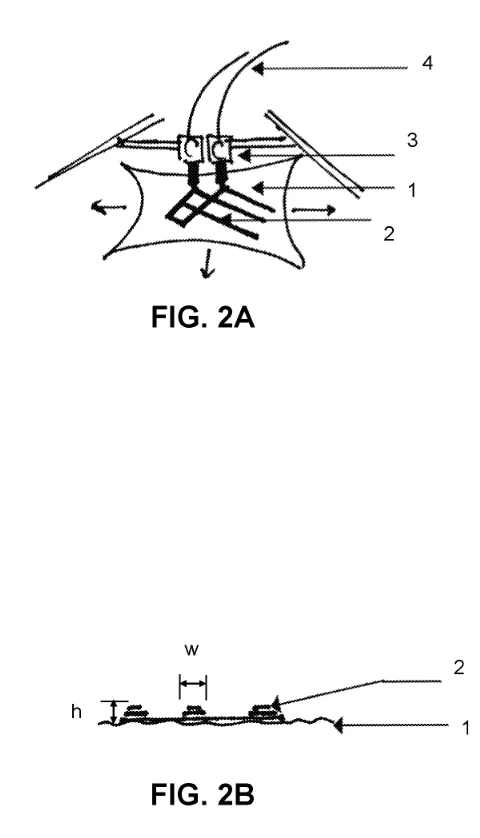3DTV at Home: Eulerian-Lagrangian Stereo-to-Multi-view Conversion
This technology has clear potential applications in the consumer electronics industry and market. The technology describes an innovative method for removing the primary inconveniences of home 3D, the need for supplementary glasses, while still allowing for easy implementation on existing and future systems. This may help to counteract the previously lackluster growth of the consumer 3D market by making the product more appealing to potential first-time adopters, as well as demonstrate tangible development to existing users. As such, this technology would be directly relevant to the manufacturers of televisions and other consumer-grade digital devices.
This technology would primarily appeal to companies that manufacture 3D televisions currently, or television manufacturers that wish to expand into the 3D market. Beyond this, the technology may also be of interest to manufacturers of tablets, handheld game consoles, and other screen-based consumer electronics.
Researchers
-
3dtv at home: eulerian-lagrangian stereo-to-multi-view conversion
United States of America | Granted | 10,834,372 -
3dtv at home: eulerian-lagrangian stereo-to-multi-view conversion
United States of America | Granted | 10,972,713
Figures
Technology
The technology herein describes a method of converting video from its standard “stereo” format to “multiview” content suitable to be used to create 3D effects. The purpose of this conversion is to allow for any media to be viewed on automultiscopic displays in 3D without the need for the glasses required by Stereoscopic 3D methods. The conversion is facilitated by a combination of two rendering approaches, the more traditional Lagrangian approach, and the more recent Eulerian approach.
The Lagrangian method focuses on the depth and disparities in the input images. This provides the advantage of being able to account for large disparities, as well as perform non-trivial disparity manipulations via extrapolation and interpolation. In contrast, the Eulerian method is aimed at processing local changes in pixel values. It has the advantages of high performance, subpixel accuracy, and sensitivity to ambiguous depth cases. Through these two techniques, the video input is decomposed, disparity information is calculated for each of the resultant component, and the output is reconstructed according to the disparities, to produce the desired 3D effect.
Problem Addressed
Stereoscopic 3D movies have become much more popular within the cinema market, with many theatres and films offering it as part of their regular lineup. But for all the growth the technology has had in traditional movie theatres, it has lagged severely in the home consumer electronics department. This cannot be directly attributed to the lack of content and accessibility, as many modern TVs and content providers accommodate stereoscopic 3D. Generally, the blame is placed on the glasses that are required to be worn to produce the 3D effect. They are considered to be too much of an inconvenience for the viewer compared to the service they provide. In order to promote further consumer adoption, a 3D technology that does not utilize glasses is necessary, but must still maintain comparable levels of availability.
Advantages
- Allows for multi-angle 3D viewing without the need for supplementary glasses
- Robust, higher performance in real-time conversion
- Compatible with current graphical hardware, easy implementation
License this technology
Interested in this technology? Connect with our experienced licensing team to initiate the process.
Sign up for technology updates
Sign up now to receive the latest updates on cutting-edge technologies and innovations.
